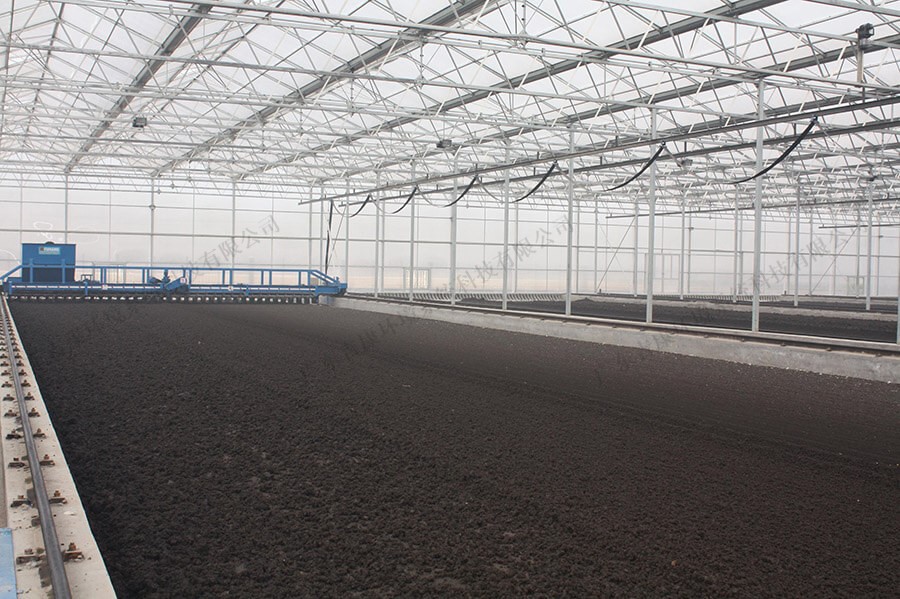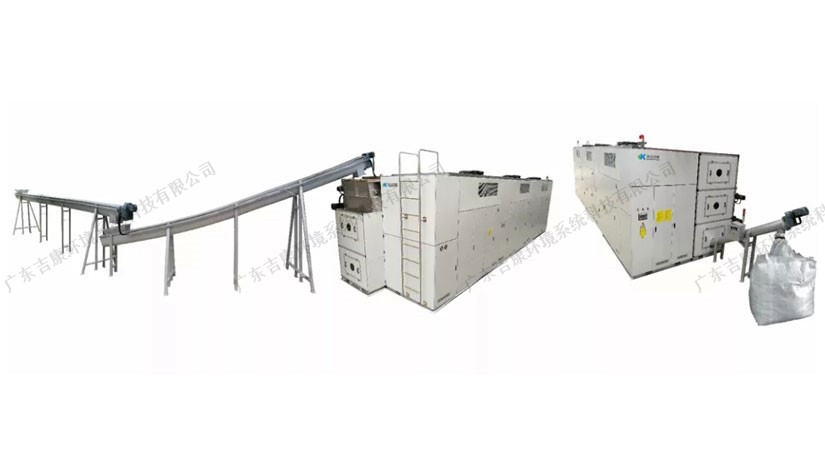Sludge digestion (sludge digestion): is a process in which the organic matter in the sludge is transformed into a more stable substance by using the function of microorganisms under the condition of oxygen or no oxygen.
Aerobic digestion (aerobic sigestion): sludge after a long period of aeration, part of the organic matter is degraded and stabilized by aerobic microorganisms.
Anaerobic digestion of (anaerobic digestion): under anaerobic conditions, the organic matter in the sludge is degraded and stabilized by anaerobic microorganisms.
The anaerobic digestion process of (mesophilic digestion): sludge at 33-53 ℃.
High temperature digestion of (thermophilic digestion): sludge is carried out in the anaerobic digestion process at the temperature of 53-330C.
Sludge concentration (sludge thickening): uses gravity or air flotation to reduce the water content of sludge and thicken the sludge.
Sludge washing (elutriation of sludge): A sludge pretreatment method for improving sludge dewatering performance.
Washing sludge with clean water or waste water can reduce the alkalinity of digested sludge, save the dosage of sludge treatment, and improve the efficiency of sludge filtration and dewatering.
Sludge dewatering (sludge dewatering): the process of further removing part of the water content of concentrated sludge, which generally refers to mechanical dewatering.
Sludge vacuum filtration (sludge vacuum filtration): uses vacuum to decompress one side of the filter medium, resulting in the pressure difference between the two sides of the medium, and the sludge water is forced to filter through the medium sludge dewatering method.
Sludge pressure filtration (sludge pressure filtration): is a sludge dewatering method in which the sludge water is forced to filter through the medium by positive pressure filtration.
Sludge drying (sludge drying): removes most of the water content from sludge by percolation or evaporation, which generally refers to the use of self-evaporation facilities such as sludge drying field (bed) or the use of steam, flue gas, hot oil and other heat sources.
Sludge incineration (sludge incineration): sludge disposal process.
It uses the incinerator to heat and dry the dewatered sludge, and then oxidizes the organic matter in the sludge at high temperature to turn the sludge into a small amount of ash.










